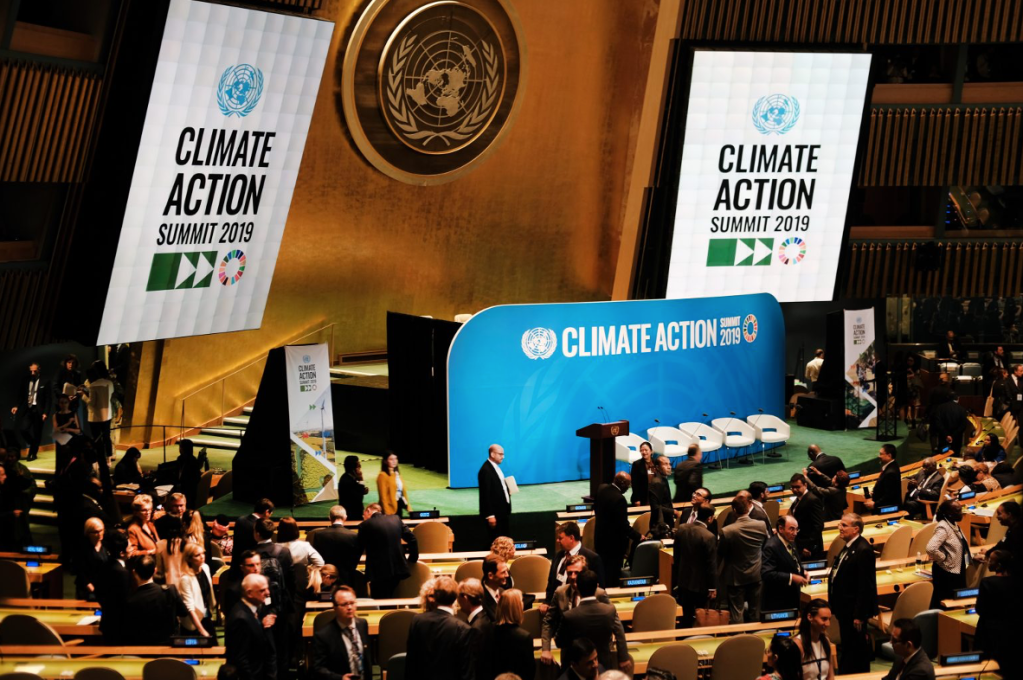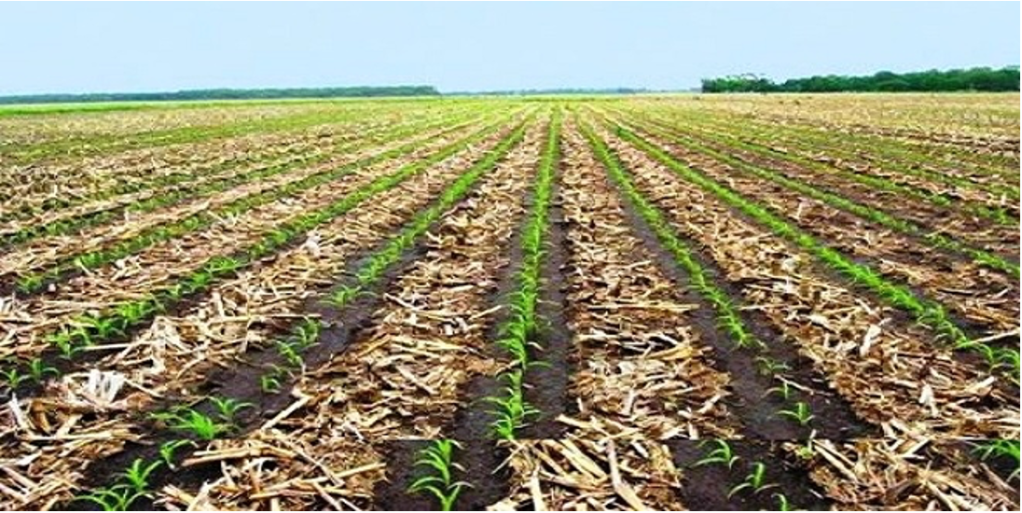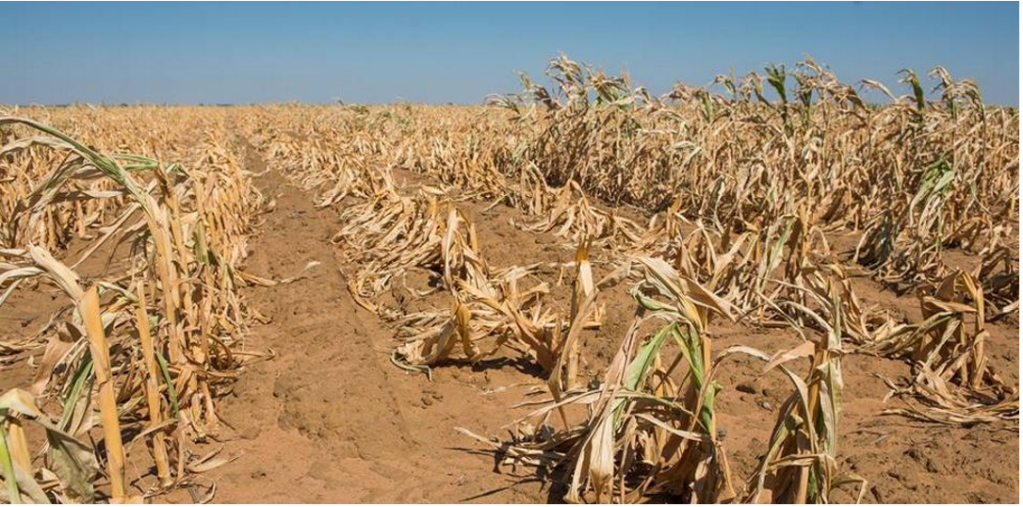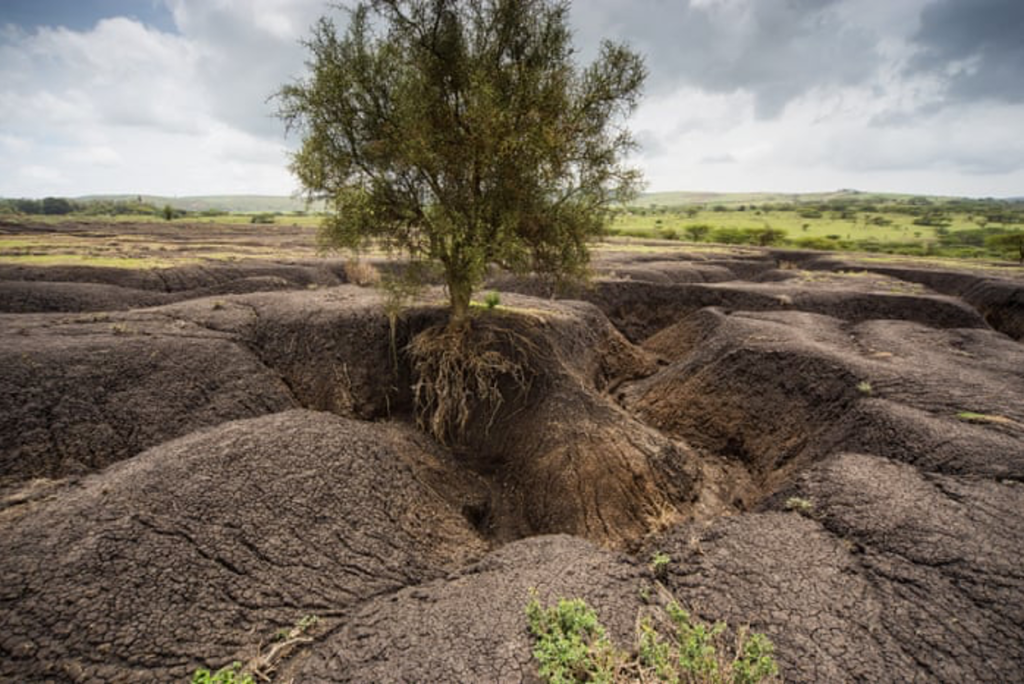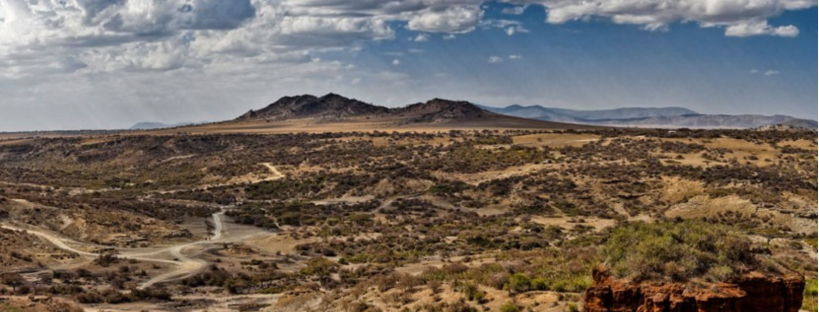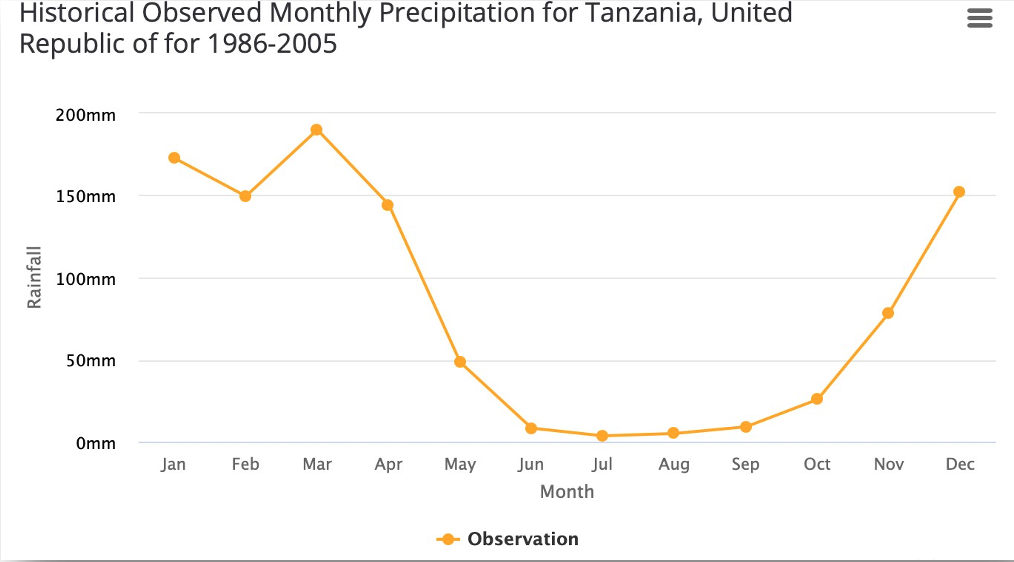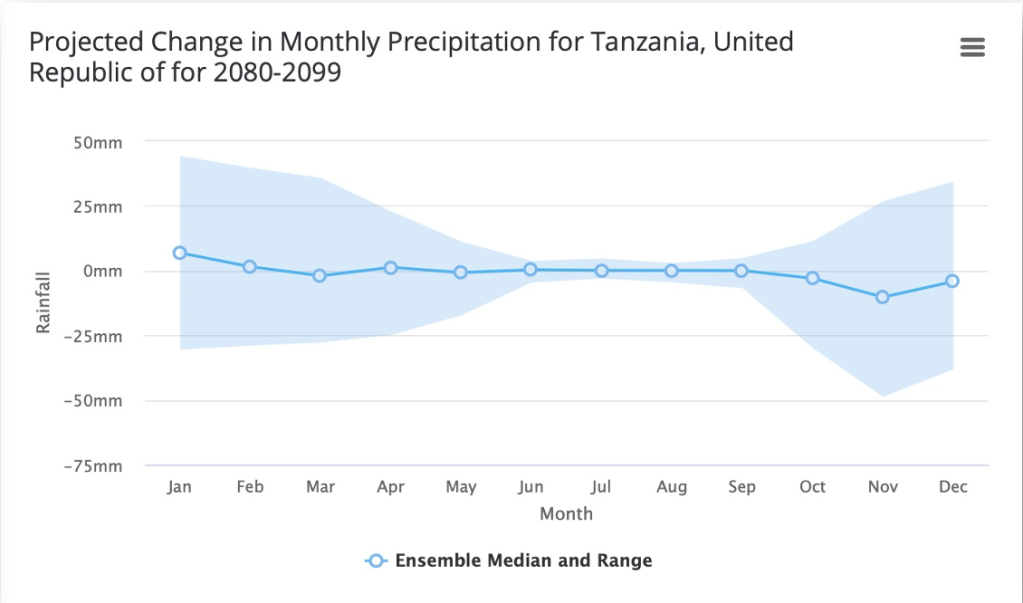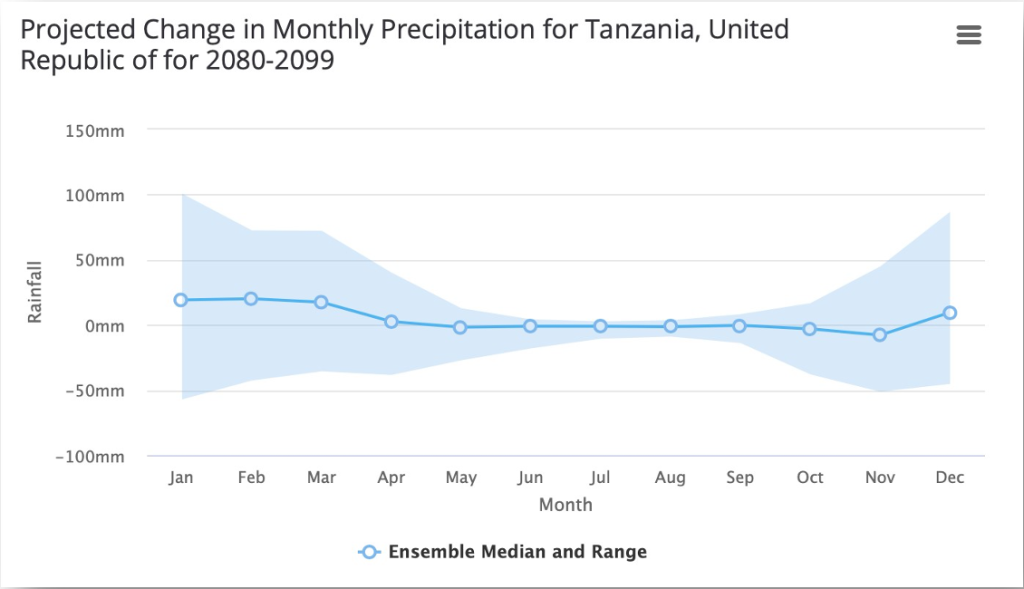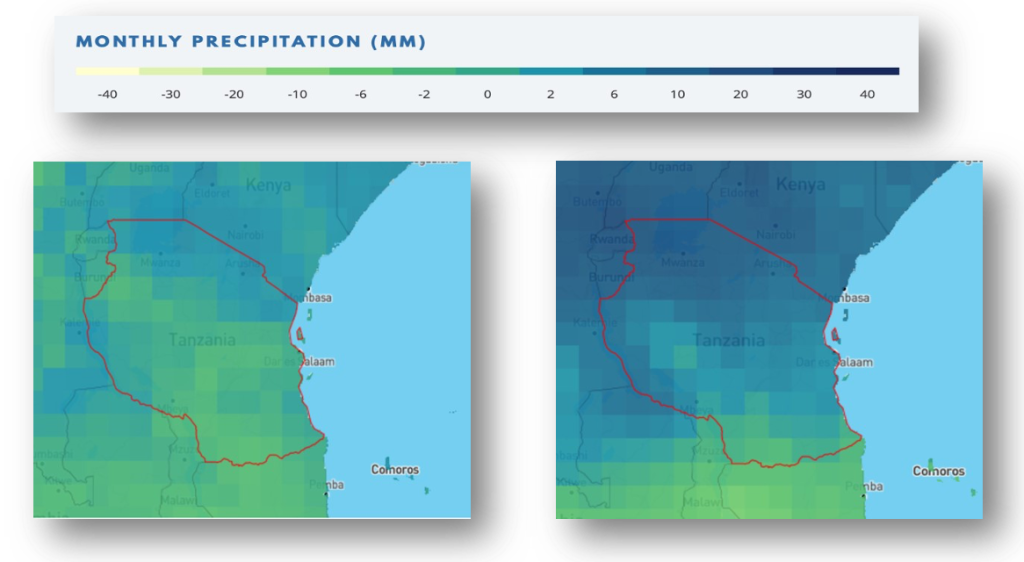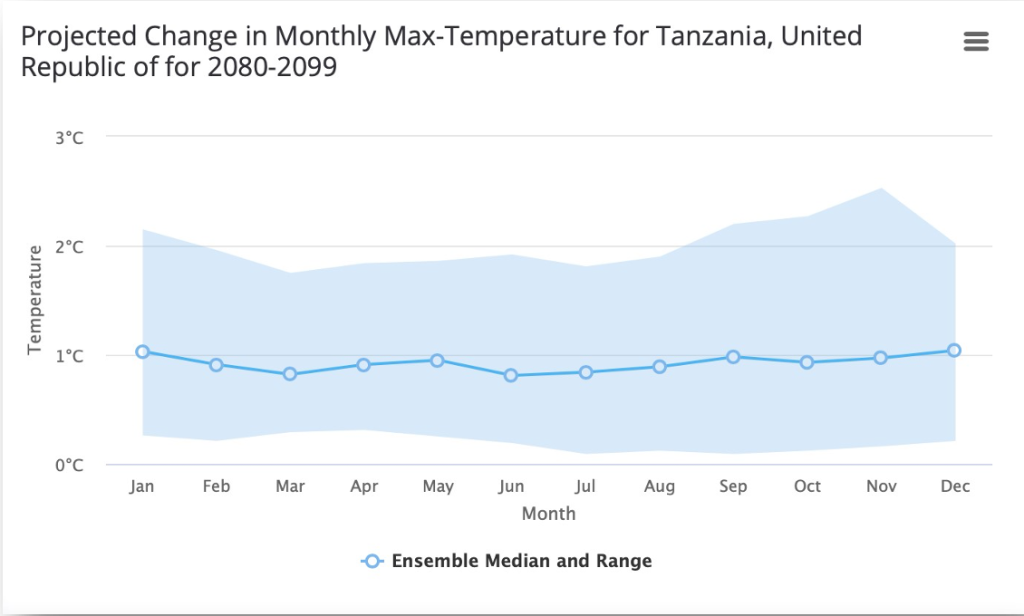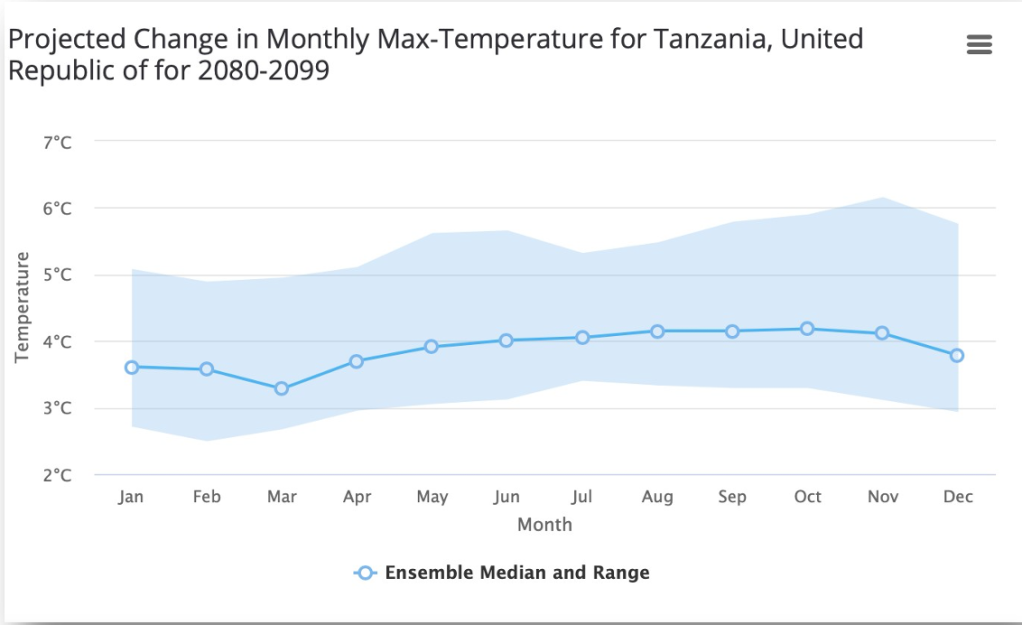By Amon Samwel – Art in Tanzania internship
Lightning is the brilliant electric spark discharge in the atmosphere occurring within a thunderstorm, between the clouds. The flashing of light produced by a discharge of atmospheric electricity and a flashing of light is the result of discharge of atmosphere electricity within a thunderstorm cloud way up into the sky. Many small bits of ice frozen raindrop bump into each other as they move around in the air. All of these collisions create an electric charge and usually occurs to the areas that are mostly concentrated with metals.
Lightning can occur during anytime of the year but lightning casualties are highest during summer. July is generally the month with the most lightning and the strikes mostly occur in the afternoon. In fact, two thirds of all lightning casualties occur between noon and 6pm.
Examples of places or countries that are affected with lightning are the all regions of USA, Alabama, Colorado, Florida, Georgia, Missouri and North Carolina. Florida is considered as the lightning capital of the country with more than 2000 lightning injuries over the past 50 years.
According to the U.S department of health and human services, they have reported some categories which are:
- Males are, five times more, likely than females to be struck by lightning. Around 85% of lightning fatalities are men
- People aged 15-34 years account for almost half of all lightning strike victims (41%). The majority (89%) of lightning deaths occurs among Caucasians.
- About one third (32%) of lightning injuries occur indoors.
Lightning is the results of thunderstorm from a charge in the normal electrical field between the surface and the atmosphere, in fair weather the surface is negatively charged, and atmosphere is positively charged. Owning to intense friction of air within the Cumulonimbus cloud, higher charges are built up with positive charges in upper portion and negative charge in lower portion. When the potential difference becomes more pronounced, discharges [lighting] occur from the cloud to the ground, from cloud to cloud or within the same cloud.
The occurrence of lighting involves different process as explained bellow;
- The sky is filled with electric charge. In calm skies they are positive + and negative[-]charged
- Inside a thunderstorm the electric charge is spread out differently.
- A thunderstorm is made up of ice crystal and hailstone.
- The ice crystal have positive charge (+) and the hailstone have a negative charge (-).
- The hailstone is pushed to the bottom of the thunderstorms by its downdraft.
- During the thunderstorm the Earth surface has a positive charge. Because the positive charge attract the negative charge at the bottom of the thunder clouds wants to link up with the positive charge of the earth surface.
- Once the negative charge at the bottom of the cloud gets the large enough, a flow of negative charge rushes towards the earth surface. This is Known as the “stepped leader,”
- The positive charge of the earth surface is attracted to this stepped leader so as a flow of positive charge moves into the air. When the stepped leader and the positive charge from the earth meet a storm.

THUNDERSTORM
Refers to violent convective storm accompanied by thunder and lightning usually localized and lived. Vertical air motion, considerable humidity, and instability combine to create towering cumulonimbus clouds. Frequently occur in conjunction with other kinds of storms like hurricanes, tornadoes, fronts especially cold fronts in mid latitude cyclones and orographic lifting
Types of Thunderstorm
- Orographic thunderstorms – caused by air that is forced up by a mountain or hillside.
- Air mass thunderstorms – is the result of localized convection in an unstable air mass.
- Frontal thunderstorms – occur along the boundaries of weather fronts (e.g. cold front).
Characteristics of thunderstorms
- Thunderstorm last for a short duration, seldom two hours
- It consist of down and updraft of air with electric charges and thunder.
- It is associated with heavy precipitation or hail.
- It is usually destructive in nature as, it can kill people, animals, and destroy property.
Condition leading to the formation of thunderstorms
- There should be prevalence of atmospheric instability such that air updraft can set off.
- There should be availability of ample supply of atmosphere moisture for condensation to take place and maintain a storm.
- There should be some agent to start convection as uplift over a hill or mountain.
STAGES OF THUNDERSTORM
The thunderstorm has three main stages which are cumulus stage, the mature stage, and dissipating stage.
The cumulus stage; this is the first stage of the thunderstorm .its dominated by updrafts that create the cloud formations which are cumulonimbus cloud necessary. The continuous strong updrafts prevent precipitation from falling .This occur where super cooled water droplets and ice crystal coalesce, then fall initiated a downdraft.
The mature stage; this once the storm has developed it will enter the mature stage. This stage is dominated by both updrafts and downdrafts and is the most dangerous stage. Falling precipitation is indicator that the storm has reached the mature stage. Lighting severe turbulence and hail can all be encountered during this time. It is also most active at this time.
The dissipating stage; this is the last stage once the updrafts begin to die out the storm is dominated by downdrafts and enters the dissipating stage. This signals that the thunderstorm is dying out. In this stage it is where downdrafts dominate and turbulence cease.
THUNDERSTORM FORMATION

The action of warm air rising and cool air sinking plays a key role in the formation of severe thunderstorm, if the warm surface air is forced to rise because is less dense than the surrounding air. This occur when the cold air and warm air meet each other whereby the warm air is forced to rise due to be that it is less denser and the cold air sinks, so the warm air in the atmosphere will settle and condense slowly.
Two of the most important ingredients for thunderstorm formation is instability and moisture Normally in the atmosphere, there is unstable air that causes the disturbance in the atmosphere and also the moisture that is caused by the cooling of warm air in the atmosphere might result to the occurrence of precipitation, even the presence of moisture and unstable air results to the thunderstorm formation
Thunderstorms are formed by uplifting of warm and humid air, the air that is formed is forced to move upwards due to it being denser normally it becomes cooler and mixes humid air clouds and water droplets that lead to precipitation or rain.
When humid air is lifted , it will be cooled and the moisture in the air will condense to form cloud. So, after the warm air rises upward to the atmosphere, it normally meets the moist air or moisture that forces it to cool and become humid, this situation leads to the formation of the clouds known as cumulonimbus. Normally these clouds are formed after the cooking of warm air containing the cloud within positive charges and negative charges and negative charges that once come into contact leads to the occurrence of thunderstorm.
Upon further uplifting, the clouds will extend higher water droplets in the clouds continue to grow in size as the clouds extends further upwards ice crystals may form because of low temperature. This means that due to the denser air rising upwards higher in the atmosphere forces and causes the clouds known as cumulonimbus to be formed higher away in the atmosphere and also due to the cool temperature in the higher atmosphere forced the water droplets became pieces of ice crystals so this becomes very essential for the clouds formation.
Finally thunderstorms are produced by the cumulonimbus cloud normally the cumulonimbus clouds contain two different charges that is positive charge known as crystal and the negative known as hail so once these come across they produce a steeper light known as lightning that comes with a heavy and huge sound known as thunderstorm.
What should we do during lightning and thunderstorm period?
In summary;




